Debunking the ‘Dirty Dozen’ Produce List Is a Team Effort
Every spring, the Environmental Working Group (EWG) releases its “Dirty Dozen Shoppers Guide to Pesticides in Produce.” It is received with much fanfare and is ripe for the picking for media outlets across the country. To get an idea how much buzz it generates, I Googled “dirty dozen food.” It yielded about 30 million results. I filtered those results to news stories and about 30,000 featured the subject.
-
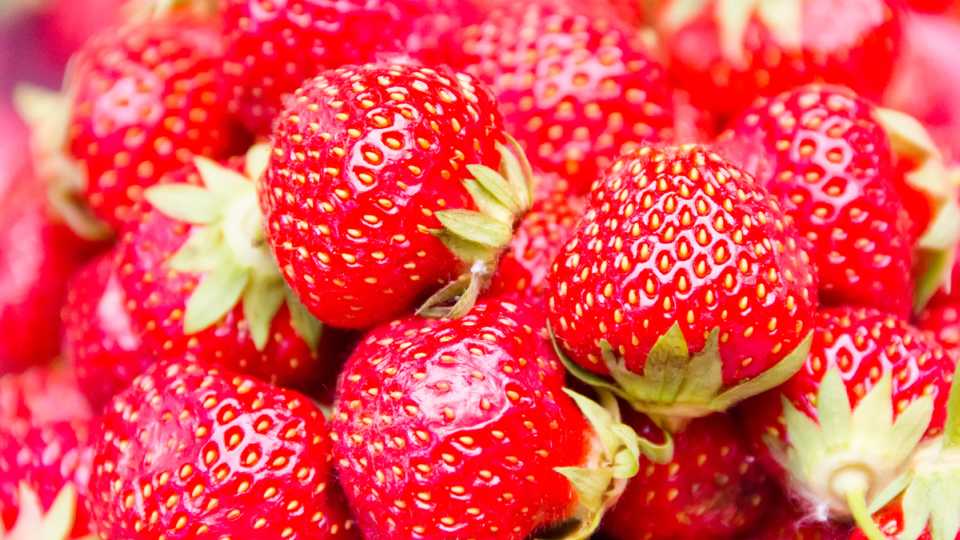
-
1 of 27
1. Strawberries (Dirty)

Strawberries once again tops the Environmental Working Group's "Dirty Dozen" list.
-
2 of 27
1. Avocado (Clean)
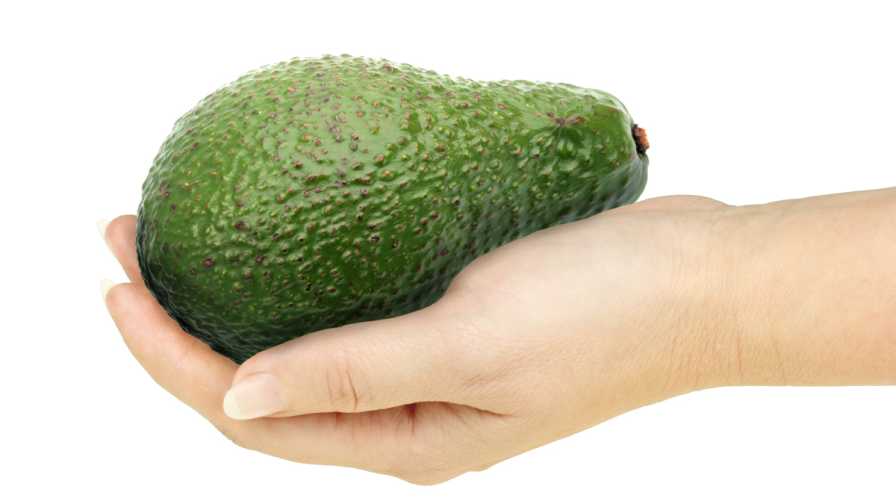
-
3 of 27
2. Spinach (Dirty)
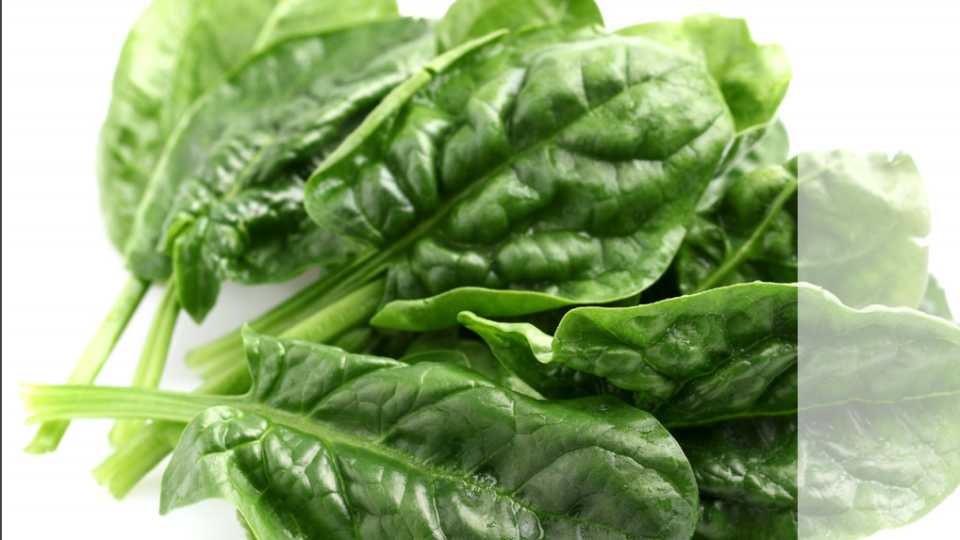
2020 "Dirty Dozen" ranking: #2
-
4 of 27
2. Sweet Corn (Clean)
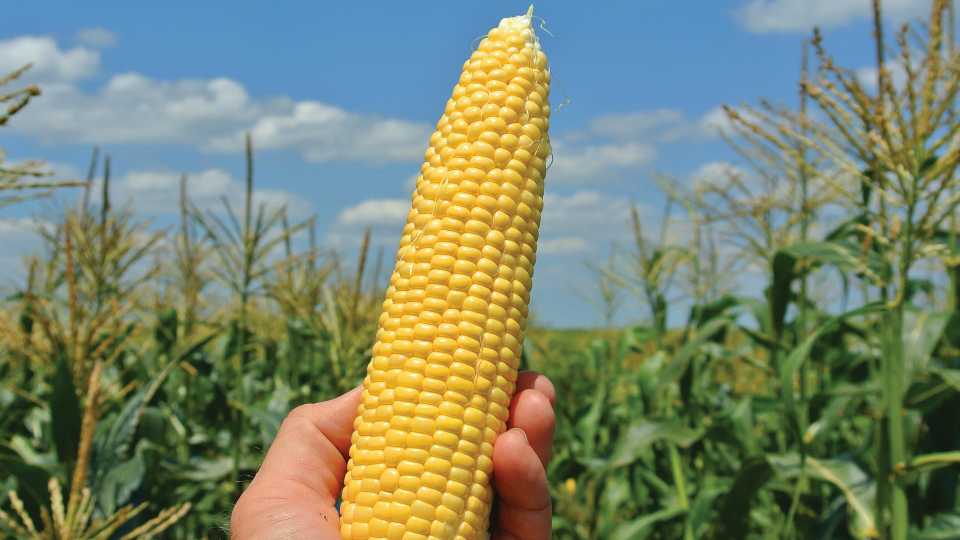
-
5 of 27
3. Kale (Dirty)
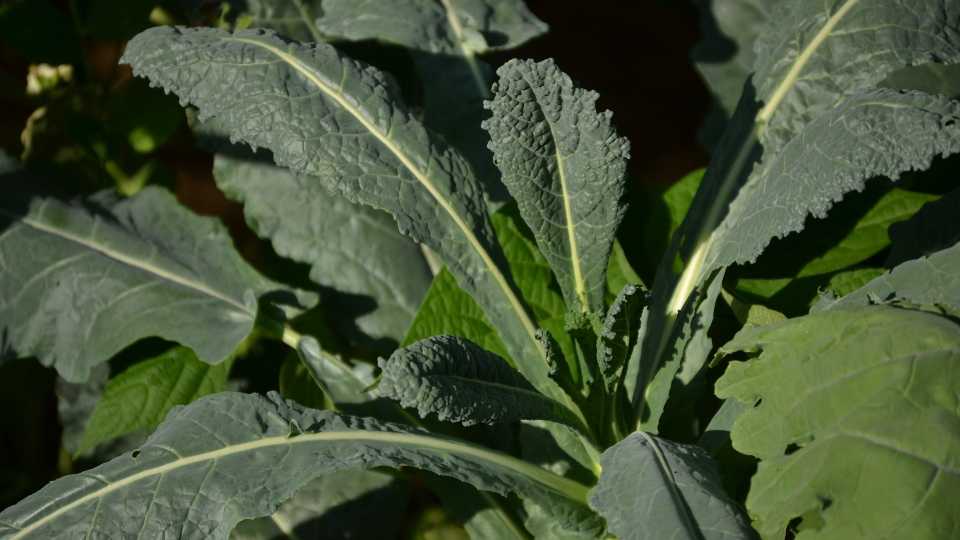
2020 "Dirty Dozen" ranking: #3
-
6 of 27
3. Pineapples (Clean)
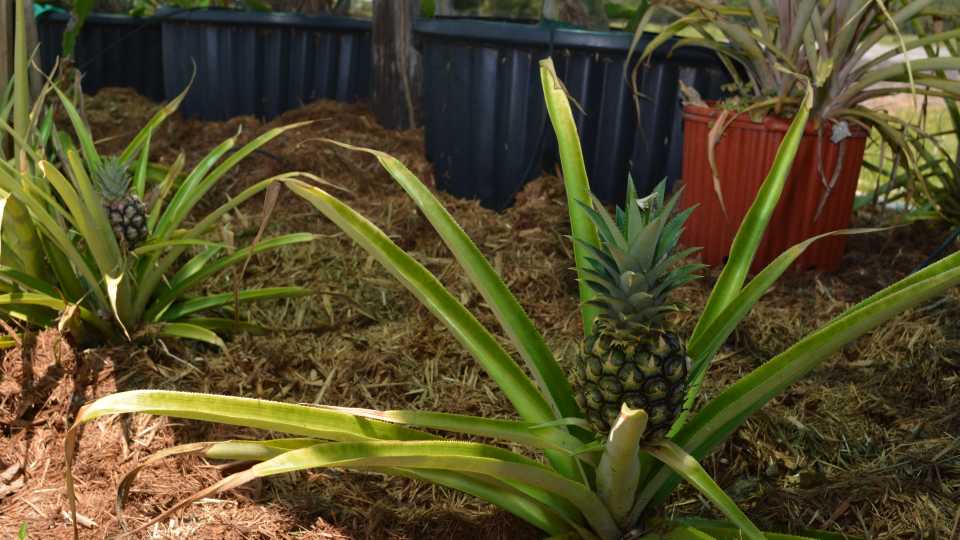
-
7 of 27
4. Nectarines (Dirty)
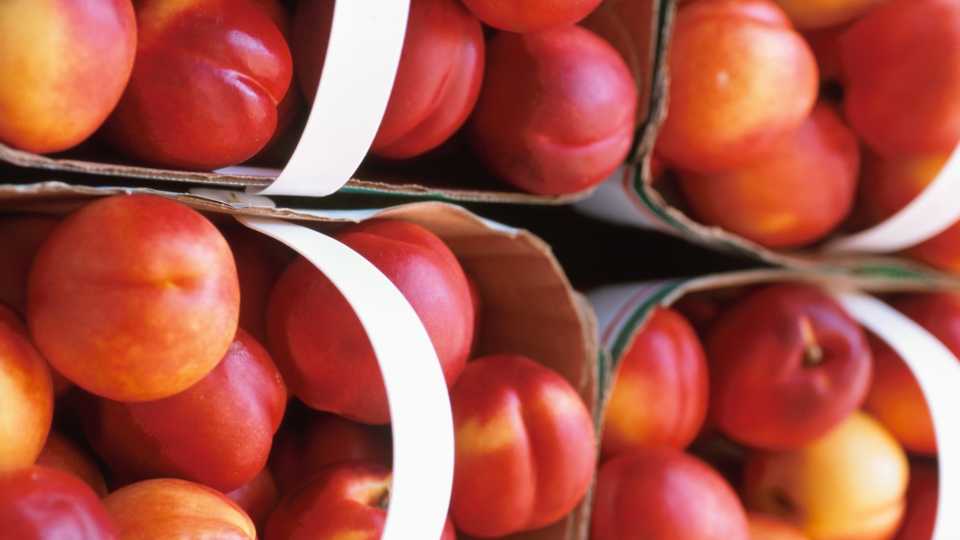
2020 "Dirty Dozen" ranking: #4
-
8 of 27
4. Onions (Clean)
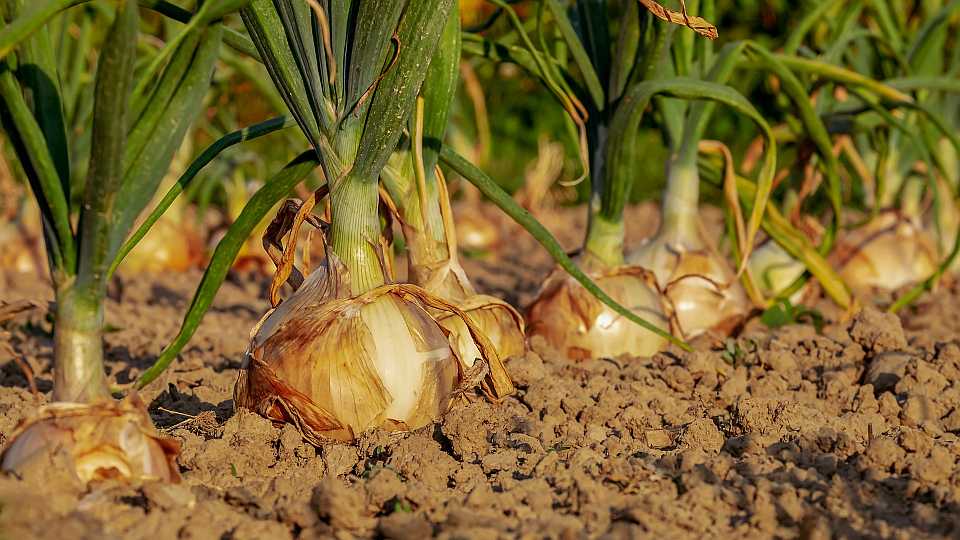
-
9 of 27
5. Apples (Dirty)
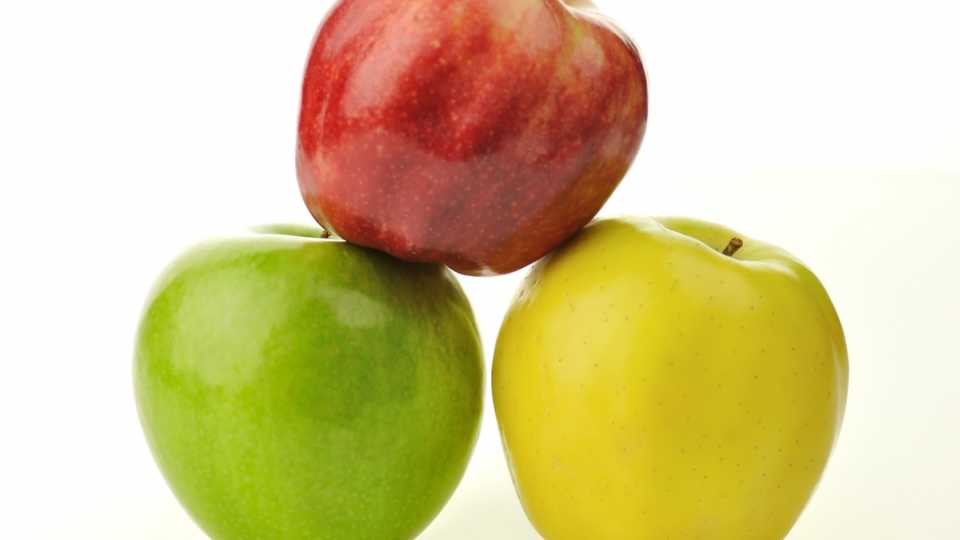
2020 "Dirty Dozen" ranking: #5
-
10 of 27
5. Papaya (Clean)
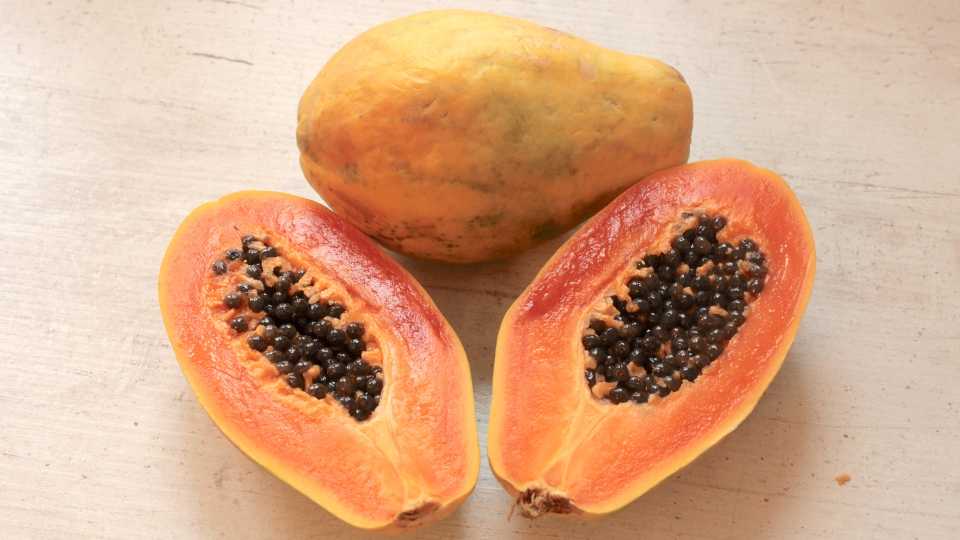
-
11 of 27
6. Grapes (Dirty)
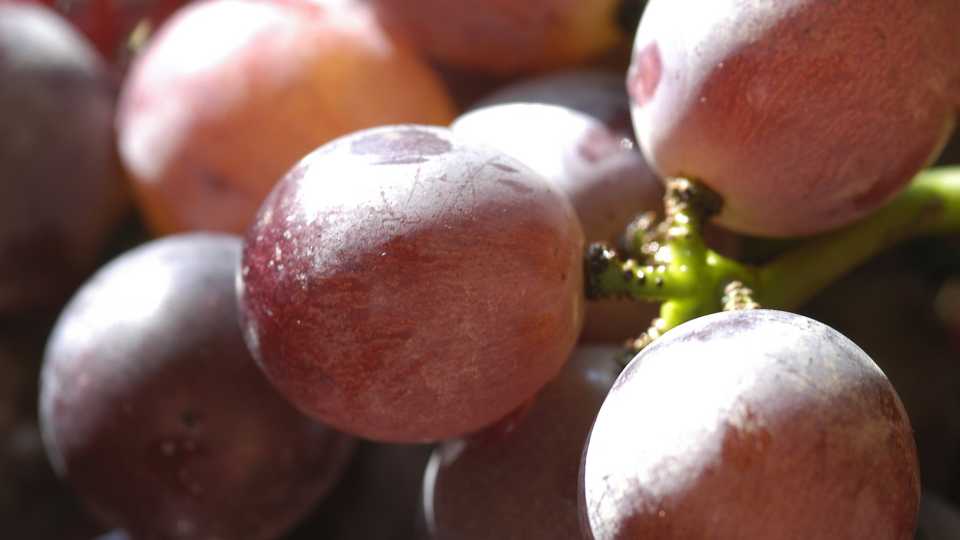
2020 "Dirty Dozen" ranking: #6
-
12 of 27
6. Frozen sweet peas (Clean)
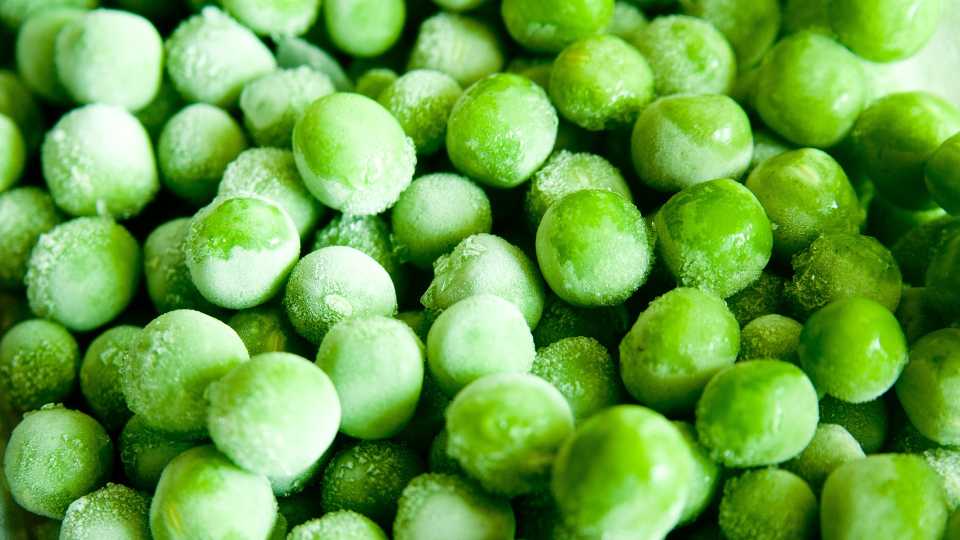
-
13 of 27
7. Cherries (Dirty)
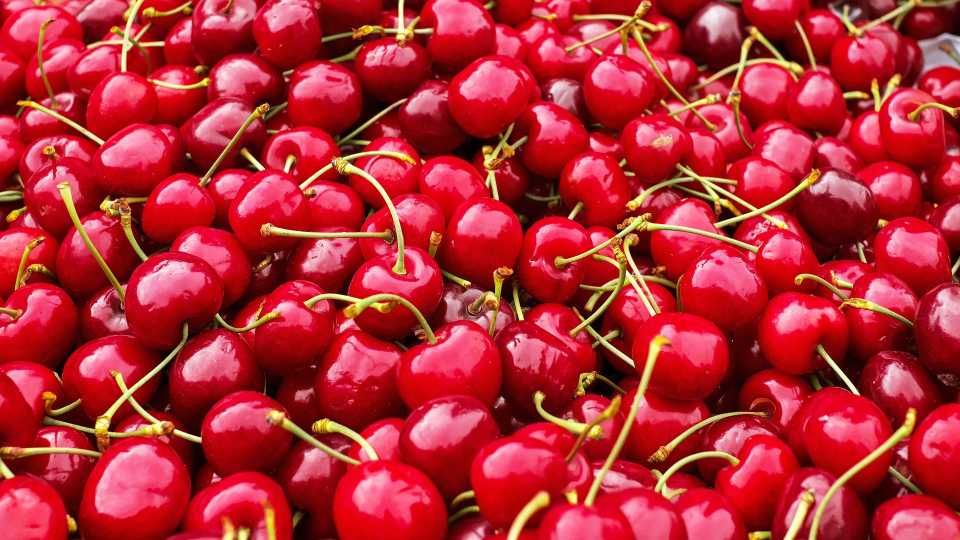
2020 "Dirty Dozen" ranking: #8
-
14 of 27
7. Eggplant (Clean)
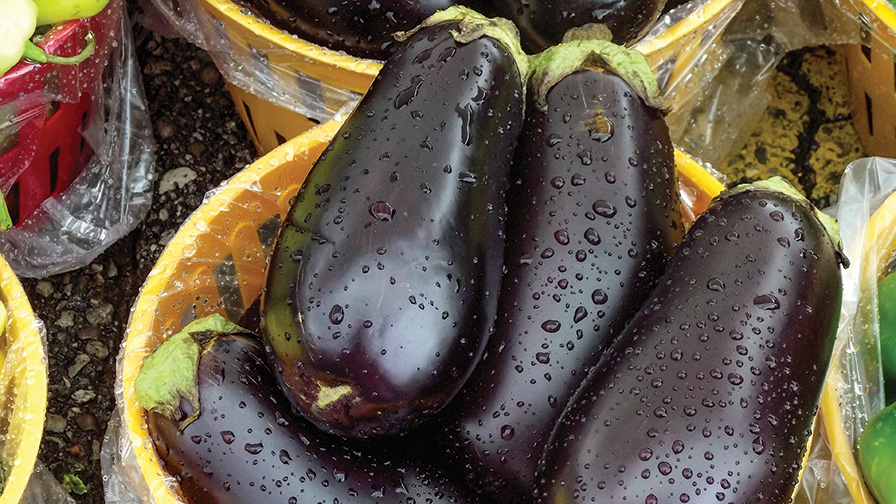
-
15 of 27
8. Peaches (Dirty)
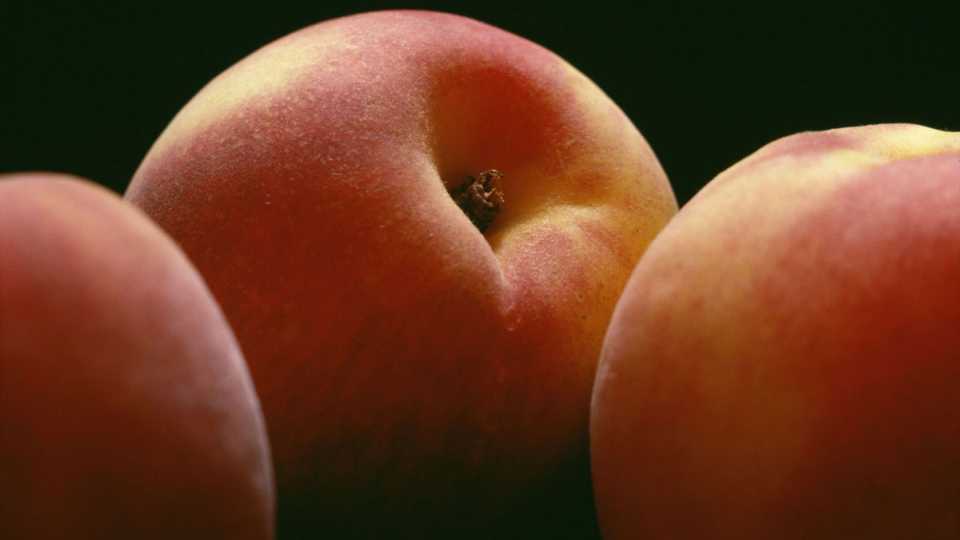
2020 "Dirty Dozen" ranking: #7
-
16 of 27
8. Asparagus (Clean)

-
17 of 27
9. Pears (Dirty)

2020 "Dirty Dozen" ranking: #9
-
18 of 27
9. Broccoli (Clean)
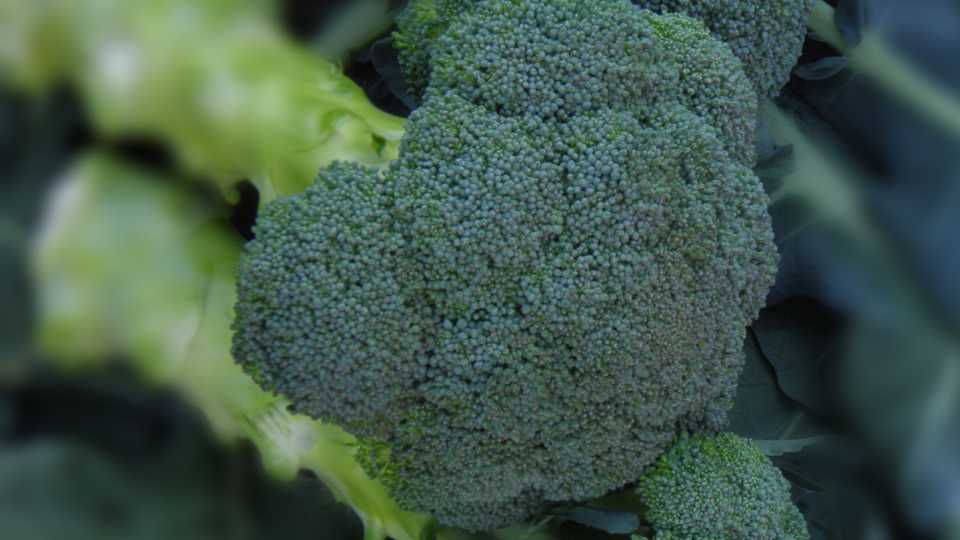
-
19 of 27
10. Peppers (Dirty)
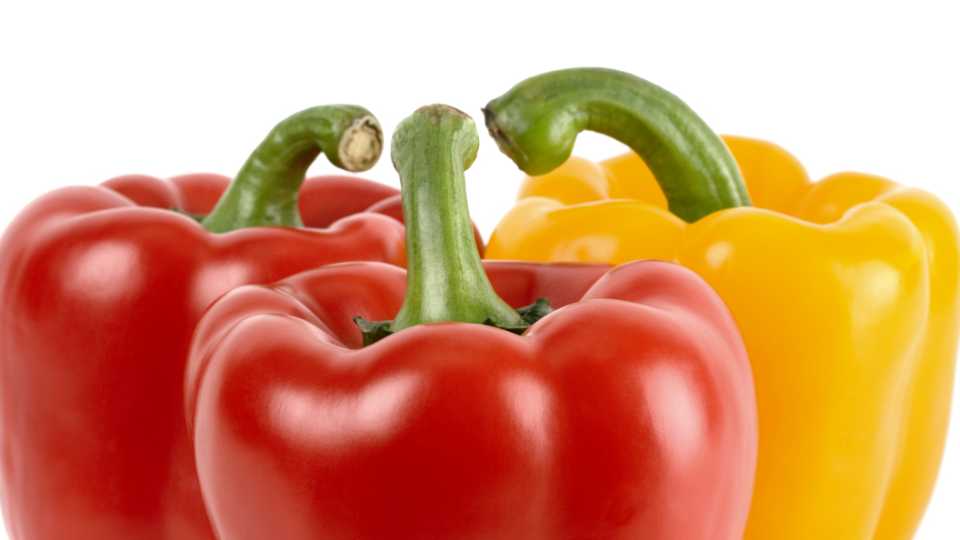
Was not among the 2020 "Dirty Dozen" ranking.
-
20 of 27
10. Cabbage (Clean)
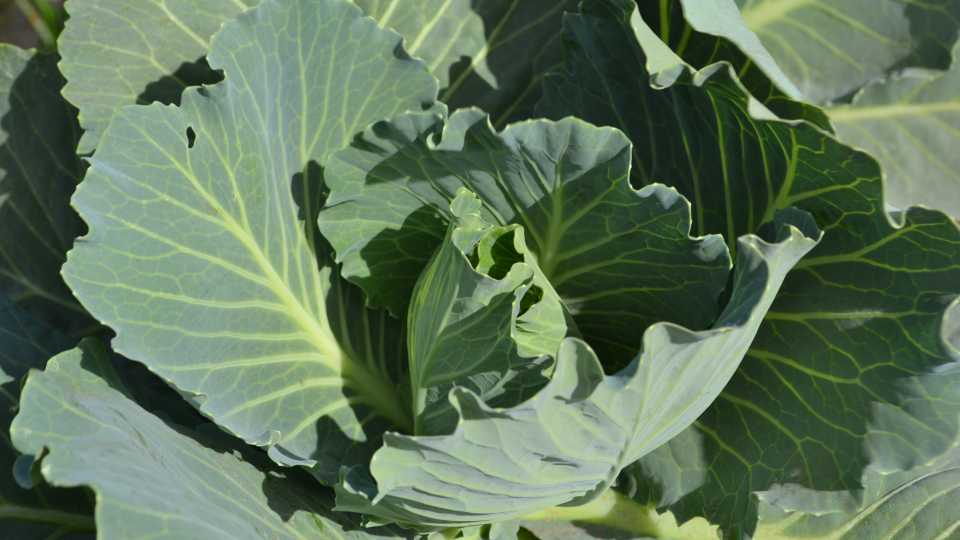
-
21 of 27
11. Celery (Dirty)
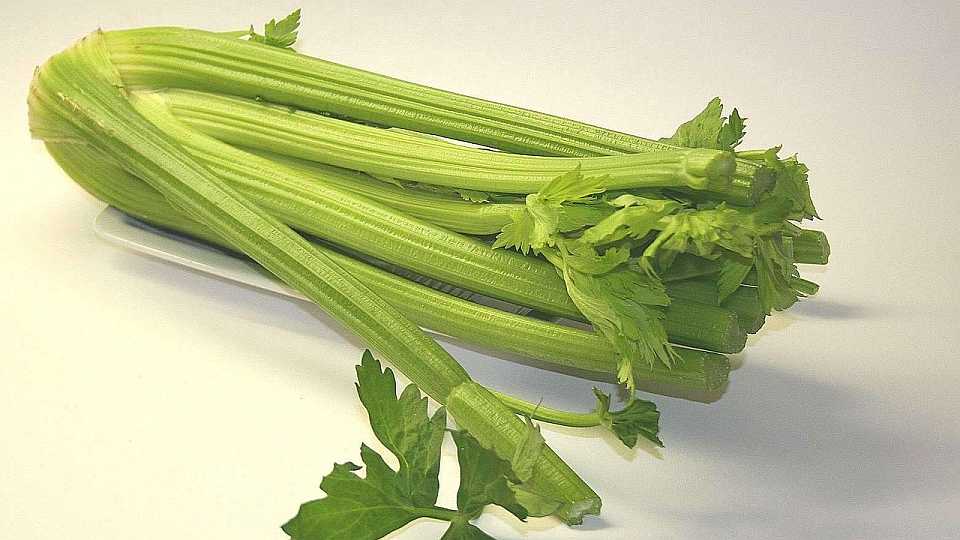
2020 "Dirty Dozen" ranking: #11
-
22 of 27
11. Kiwi (Clean)
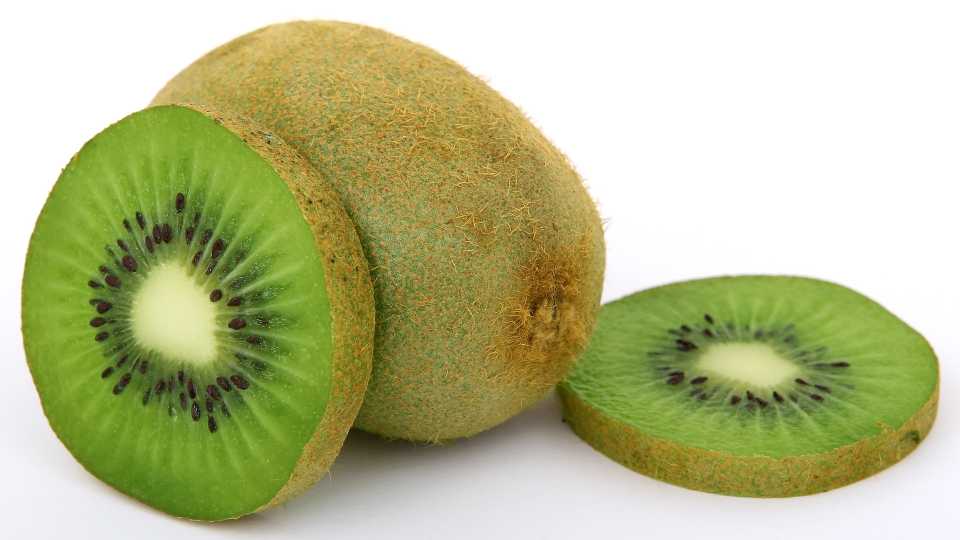
-
23 of 27
12. Tomatoes (Dirty)
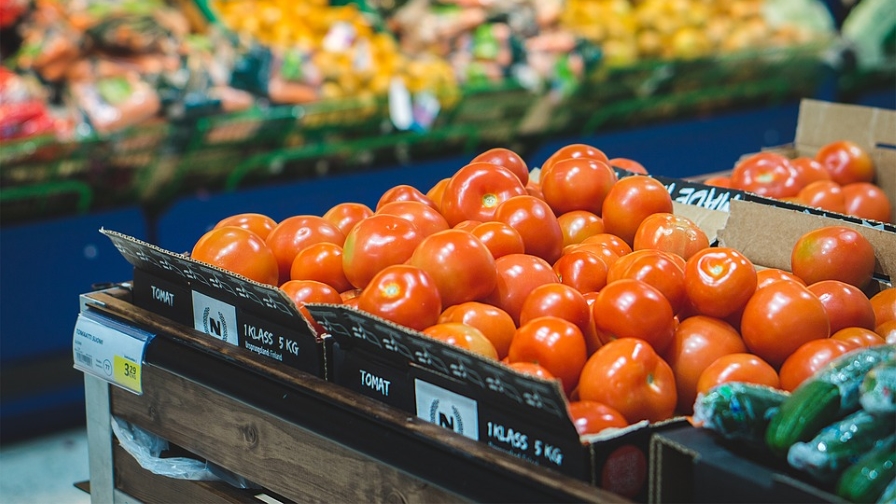
2020 "Dirty Dozen" ranking: #10
-
24 of 27
12. Cauliflower (Clean)
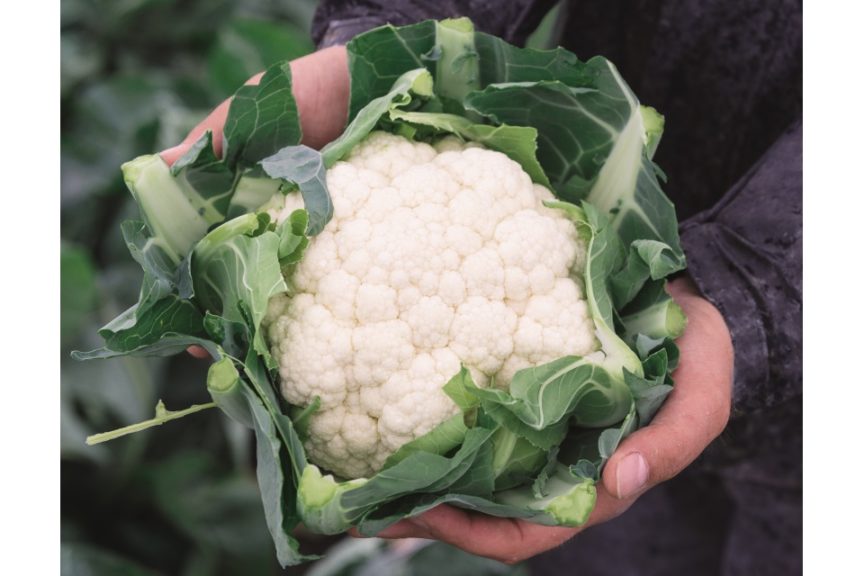
-
25 of 27
13. Mushrooms (Clean)
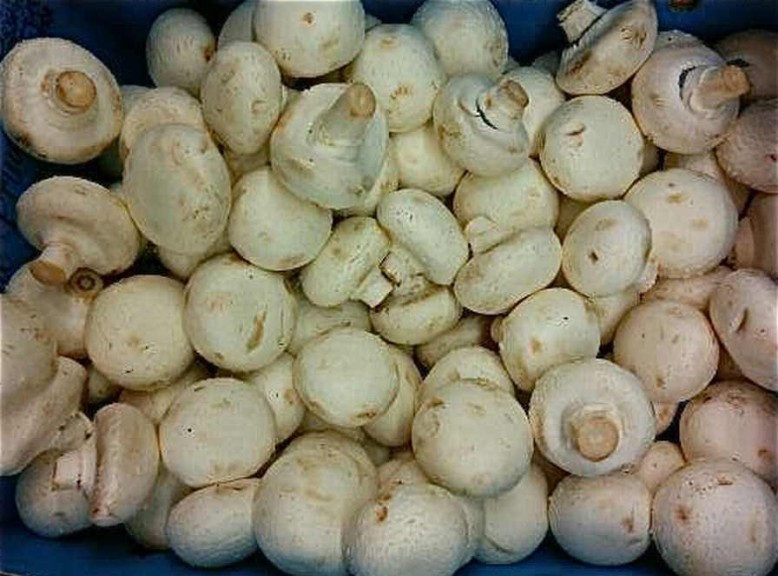
-
26 of 27
14. Honeydew melon (Clean)
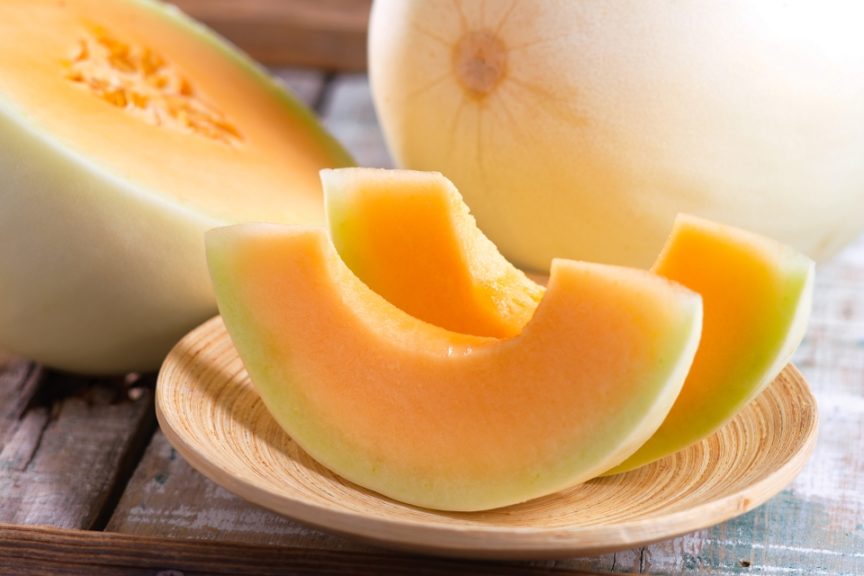
-
27 of 27
15. Cantaloupe (Clean)
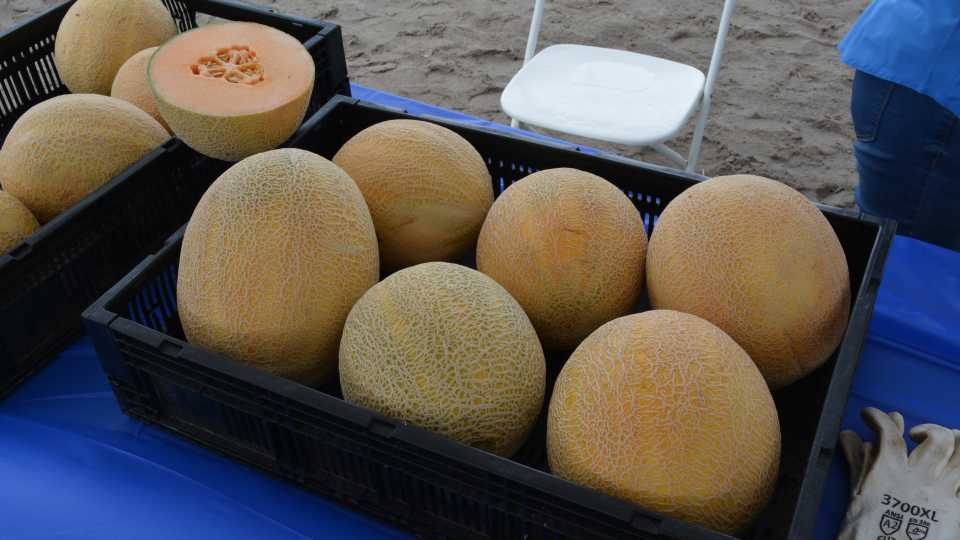
View all
1. Strawberries (Dirty)
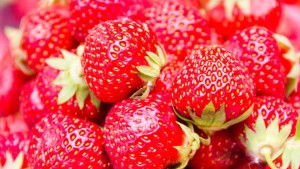
1. Avocado (Clean)
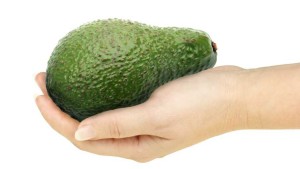
2. Spinach (Dirty)
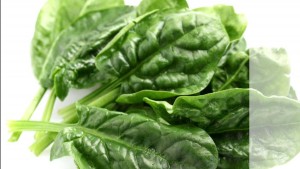
2. Sweet Corn (Clean)
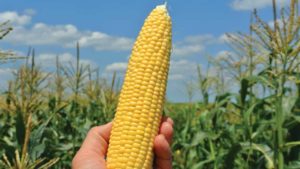
3. Kale (Dirty)
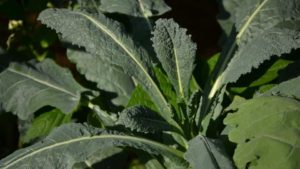
3. Pineapples (Clean)

4. Nectarines (Dirty)
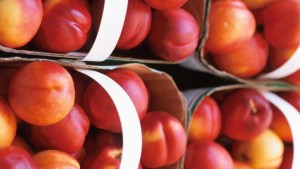
4. Onions (Clean)
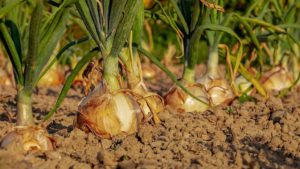
5. Apples (Dirty)
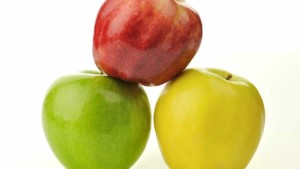
5. Papaya (Clean)

6. Grapes (Dirty)
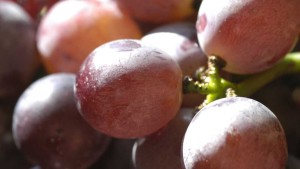
6. Frozen sweet peas (Clean)

7. Cherries (Dirty)
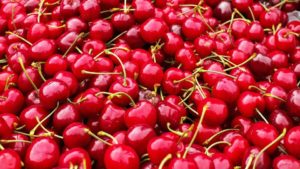
7. Eggplant (Clean)
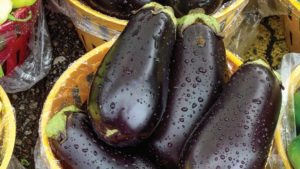
8. Peaches (Dirty)
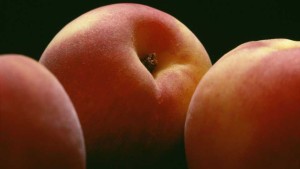
8. Asparagus (Clean)

9. Pears (Dirty)
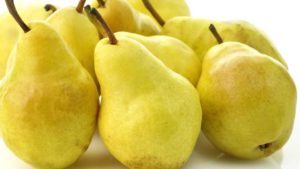
9. Broccoli (Clean)

10. Peppers (Dirty)

10. Cabbage (Clean)

11. Celery (Dirty)

11. Kiwi (Clean)

12. Tomatoes (Dirty)
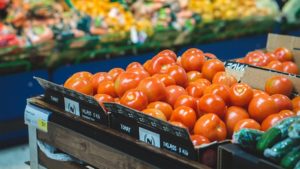
12. Cauliflower (Clean)
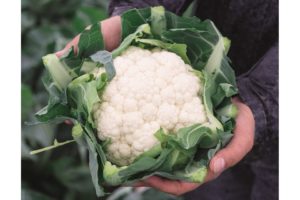
13. Mushrooms (Clean)
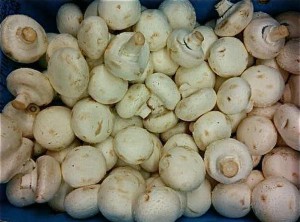
14. Honeydew melon (Clean)
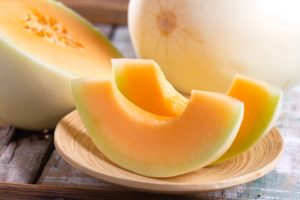
15. Cantaloupe (Clean)

It is easy clickbait for the media, so it’s no big surprise the dirty dozen gets so much play. But, with Americans not eating enough fruits and vegetables to begin with, it is too bad the message to avoid them garners the attention it does.
Scroll the slideshow above for a rundown of EWG’s 2021 “Dirty Dozen” and “Clean 15” rankings.
Every year when the list is released, there are rebuttals from various groups that call into question the methodology and science used to create the list. Not surprisingly, those rebuttals get far less play in the media.
The Alliance for Food and Farming (AFF) asked reporters, consumers, and others to review the USDA’s Pesticide Data Program (PDP), on which the authors of the list state they base the dirty dozen. The USDA PDP report consistently finds 99% of the samples tested had residues well below the safety standards established by the EPA with more than 40% having no detectable pesticide residues at all.
The EWG even admits on its website that it doesn’t follow the basic rules of risk assessment to develop its list and shoppers guide.
“To accurately assess consumer risks from pesticides, you need to consider three major factors: 1) the amount of residue on the foods; 2) the amount of food consumed; and 3) the toxicity of the pesticides. The methodology used by EWG ignores all three,” Dr. Carl Winter, Extension Toxicologist Emeritus, University of California, Davis, explains in an AFF press release.
It was refreshing to see an article recently published in The Washington Post on a new study backing up the long-standing guidelines recommending five daily servings of a variety of fruits and vegetables. One of the study’s authors notes those who do consume five-a-day fruits and vegetables have a 13% lower risk of all causes of death than those folks who have only two servings of fruits and vegetables a day. The percentage of benefits goes higher with certain health conditions.
The article also points out that we need to do better. On average, most Americans only eat one serving of fruits and one-and-a-half servings of vegetables daily. The good news is there’s plenty of healthy options to choose from to achieve the five-a-day goal.
While some fruits and vegetables pack more nutritional density than others, the study shows that there are no links to any fruit or vegetable that increase the risk of mortality. Leafy greens, citrus fruits, and berries are associated with lower risks of mortality.
More good news is you can get your five a day served up fresh, canned, or frozen.
“Eating produce is what matters, and all forms fit,” Registered Dietitian Abbie Gellman notes in the Post article.
What about organic? After all, that’s what is driving the EWG’s agenda. They are fine if you can find and afford them.
“We know from research and experience that when you limit options, you limit opportunities to consume more,” Wendy Reinhardt Kapsak, President of the Produce for Better Health Foundation, says. “Both conventional and organic fruits and vegetables are healthy and equally nutritious choices.”
So you keep growing them, and we’ll do our part to spread the good news about the many benefits of fruits and vegetables.
Subscribe Today For

Frank Giles is a former Editor of Florida Grower and Cotton Grower magazines, both Meister Media Worldwide publications. See all author stories here.













